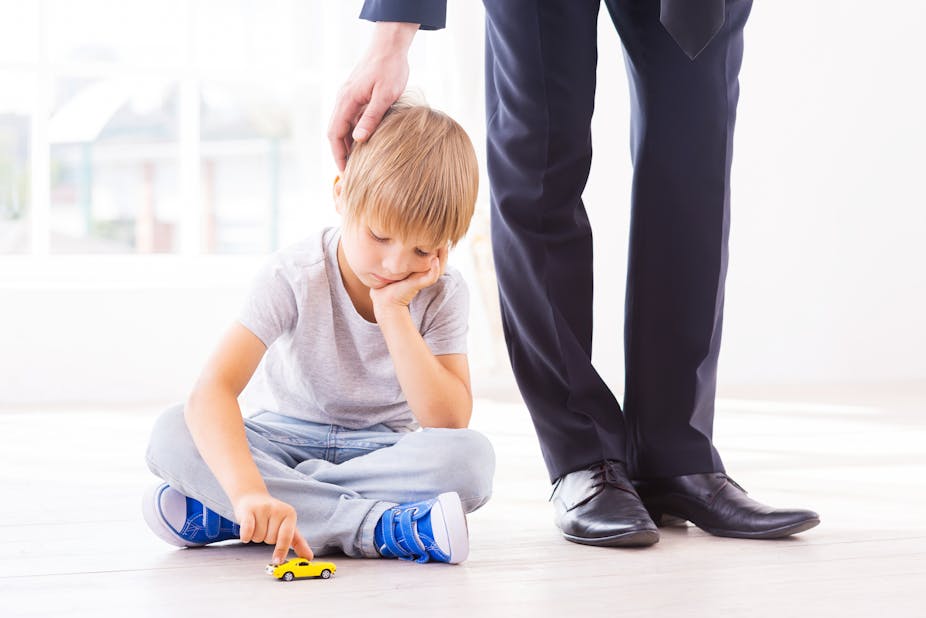Foster carers can have a powerful impact on the lives of vulnerable children and young people. But with an average of four moves for each child in foster care, living with instability can affect them into adulthood.
TV chef Lorraine Pascale recently, and very bravely, shared her experiences of growing up in foster care – and her story showed just how unstable life can be for some children. After being relinquished for adoption as a baby, the subsequent breakdown of that relationship found her placed on the at-risk register aged just three and later placed with a number of different foster carers. Growing up with social workers and different carers must have been challenging.
Contemporary foster care is a complex and emotional endeavour and over time official policy and the options open to children are subject to change. As social work academics Ian Butler and Mark Drakeford have described, policy can swing like a pendulum from models that look to rehabilitate and support families to ones that aim to rescue children from feckless parents.
The coalition government’s current push for the increased and speedier use of adoption is evidence that the pendulum has swung towards the rescue approach. Of course, adoption is a positive and appropriate option for many children in public care but little is known about how often adoptions subsequently break down – as happened in Pascale’s case – with estimates ranging from 2% to 50%. On a national level, it is difficult to gauge as no central administrative data is available.
Whatever the rates of breakdown are, I’m sure that all the social workers, foster carers, adopters and children that have ever experienced such a disruption will be able to tell you how extremely upsetting and traumatic it is for everyone involved. And particularly for the children who have often been prepared for their new forever families. As Junior, a 10-year-old boy currently living in care, poignantly put it, foster care can leave you with “a big old question mark in your stomach … asking, why is this happening to me?”
From my previous job as a family placement social worker, in which I helped to find children suitable and happy homes, and my doctoral research interviewing young people in foster care, I can’t help but question if enough is being done to keep children in care in contact with foster carers from their past – a way of enabling children to understand their life story.
The care system is not known for its stability. Along with the four average moves per child, children and young people who come through the care system often experience disrupted pathways to their development. It is clear that even when important relationships with foster carers from the past are disrupted and lost, they endure in the mind of the child and can hang around like Junior’s question mark waiting to be answered.
Although it may not be appropriate in every case, I would argue that ongoing contact with those important people in a child’s life should wherever possible be supported throughout their childhood and their transition into later life. Contact on a face-to-face basis may not be possible, but social networking could help. If both children and previous foster parents are happy or keen to stay in touch, it could ensure that these children maintain valuable relationships with the adults that nurtured them in childhood and which may give them a better grounding into their own adulthood.

